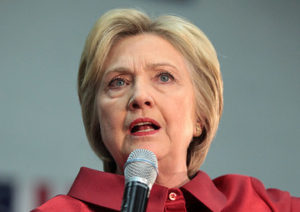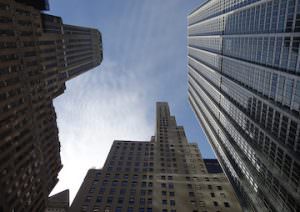A Recovery for the Piggies, Not You
The economic crisis "ended only for the top 7 percent of households that have substantial holdings of stocks and bonds," former Reagan Assistant Secretary of the Treasury Paul Craig Roberts writes. "The other 93% of the American population is still in recession."
The economic crisis “ended only for the top 7 percent of households that have substantial holdings of stocks and bonds,” former Reagan Assistant Secretary of the Treasury Paul Craig Roberts writes. “The other 93% of the American population is still in recession.”
The numbers come from a Pew report that attributes the recovery for the rich to the increase in the price of stocks and bonds. The health of those markets does not “reflect rising consumer purchasing power and retail sales,” however. The labor force is shrinking, in fact, and the few positions that are being created are “primarily dead-end jobs in lowly paid domestic services. Retail sales adjusted for inflation and real median household income have been bottom bouncing since 2009,” Roberts writes.
Still, something is supporting the recovery of the stock and bond markets, a comeback that has given wealthy households a 28 percent gain in their net worth since 2009, while everyone else lost 4 percent. What is it?
— Posted by Alexander Reed Kelly.
Your support matters…Paul Craig Roberts at CounterPunch:
To the extent that there is profit growth in US corporations, it comes from labor cost savings from offshoring US jobs and from bringing in foreign workers on work visas. By lowering labor costs, corporations boost profits and thereby capital gains for those 7 percent who have large holdings of financial assets. Those in the 93 percent who are displaced by foreign workers experience income reductions. This transfer of the incomes of the 93 percent to the 7 percent via jobs offshoring and work visas is the reason for the stark rise in US income inequality.
Another source of the stock market’s rise is the Federal Reserve’s policy of quantitative easing, that is, the printing of $1,000 billion dollars annually with which to support the too-big-to-fail banks’ balance sheets and to finance the federal budget deficit. The cash that the Fed is pouring into the banks is not finding its way into business and consumer loans, but the money is available for the banks to speculate in derivatives and stock market futures. Thus, the Fed’s policy, which is directed at keeping afloat a few oversized banks, also benefits the 7 percent by driving up the value of their stock portfolios.
Independent journalism is under threat and overshadowed by heavily funded mainstream media.
You can help level the playing field. Become a member.
Your tax-deductible contribution keeps us digging beneath the headlines to give you thought-provoking, investigative reporting and analysis that unearths what's really happening- without compromise.
Give today to support our courageous, independent journalists.






You need to be a supporter to comment.
There are currently no responses to this article.
Be the first to respond.